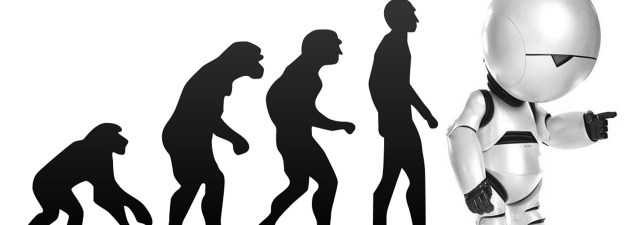Just as unexpected events interrupt everyday human life and eternally change our perspective of things (such as scientific discoveries, Hiroshima, the Holocaust or Nazism, mobile or Internet hyper-communication), the “black swan” theory explains to us how sometimes, just sometimes, the unforeseeable can actually occur, and how this makes us evolve. If throughout history we have experienced certain, unexpected events, and probably some that nobody even dared to predict, in the world of television we have also found ourselves face to face with milestones that make us wonder if they will become the next ‘big thing’ that could mark the future of the industry.

So what is this “black swan” theory? In 2007, when Nassim Nicholas Taleb published his book based on a series of extreme, perilous and unexpected events that are normally ignored due to the low probability that they would come to pass, he was identifying what technology companies have spent years trying to prove: the theory of disruptive innovation and the impossibility of predicting the future. The one thing that this small number of events throughout history have in common is their great power to surprise, impact and break through.
Exhausted by the proliferation of Internet video services, expectantly observing the battle between screens and devices, anxious to discover new premieres and productions and, more than anything, surrendering to the uncertainty of whether the privileged position that up to now has been held by content will be shared with the public and distribution, and who will take over that position, if there truly is only one throne… This is the specific situation that television, or the world of video in general, is facing, and that is the feeling following MipCom, one of the most important entrainment content conferences in the world, which brought together the industry’s most relevant agents last week in Cannes. Here are the five most debated trending topics:
- Augmented Reality and Virtual Reality… Or the Pokémon Go There is no doubt about it that VR is here to stay, although whether it will make the jump to the big screen is still unknown, particularly due to its high production costs. Much closer and more practical is augmented reality, that which uses reality to superpose other realities, as this option offers more possibilities for user interaction when combined with a smart phone.
- 4K Ultra High Definition. We could continue adding acronyms in Finnish… But, at least for now, it doesn’t look like this is going to be our new “black swan”, even though it does considerably improve images. Japan, the country of honour for this past edition of MipCom, showed the rest of the industry how the NHK chain already broadcasts its entire schedule with this technology, and is already wagering on 8K… However, content production in 4K throughout the rest of the world continues to be only incidental, something necessary that goes hand in hand with technology.
- Original production with ‘influencers’. Faced with the battle of winning over viewers, producers know all too well where to find their audience these days: on social networks and platforms such as YouTube. Therefore, once again we are seeing casts that blend a mix of traditional talent with the digital world’s “new stars”, who bring with them an unconditional fan phenomenon that not only watches, but also shares and amplifies content.
- Discovering content. Added to the trend of original content production, which is particularly strong in the United States, is the aggregation trend: offering a whole world of content from diverse sources. The challenge here is to make the user’s life easier, who ultimately wants to be able to access any type of content through a search engine, a list and intelligent and personalised content recommendation. To do this, the recipe not only combines algorithms and user experience, but it also uses and exploits Big Data.
- Video will become more mobile. Or, at least, it seems so from the attention it is receiving from industry heavy weights. An interesting fact: both Ben Sherwood, president of the Disney ABC group, and Marion Edwards, president of 20th Century Fox International, emphasised the same thing: the 4 billion smart phonesthat will exist between now and the next five years, and a new way of creating content, which is conceived by new consumption created by new technology.
For the moment, content continues to be a fundamental piece in differentiating television offerings. With regard to all the rest, it seems that the actual invention of the television in 1915 was the best innovation that the entertainment industry has ever experienced. The possibility to reach a massive audience through image and sound has had a huge impact on society, from how it affected voting in the 1960 elections between John F. Kennedy and Richard Nixon, to the deciding role it has played in politics since then: the feeling of hope and progress from the image of man walking on the moon, and of decline, with the live images of the September 11th terrorist attacks, or even how education has made its way into many of our homes with “Sesame Street”. Without a doubt, the digital world is transforming that television into something new… The question then is if it will be so revolutionary that it can be added to the short list of future “black swans”.









